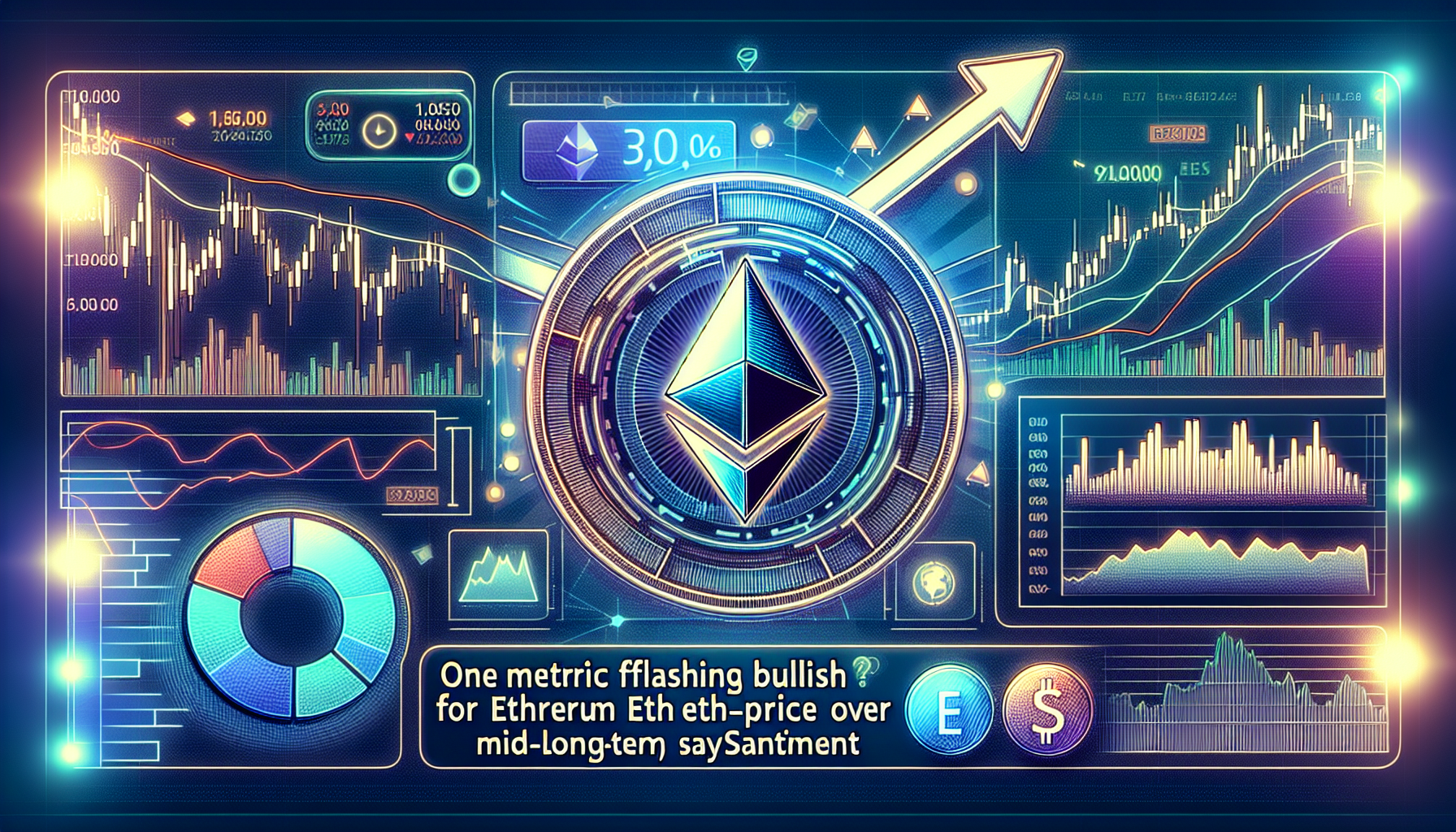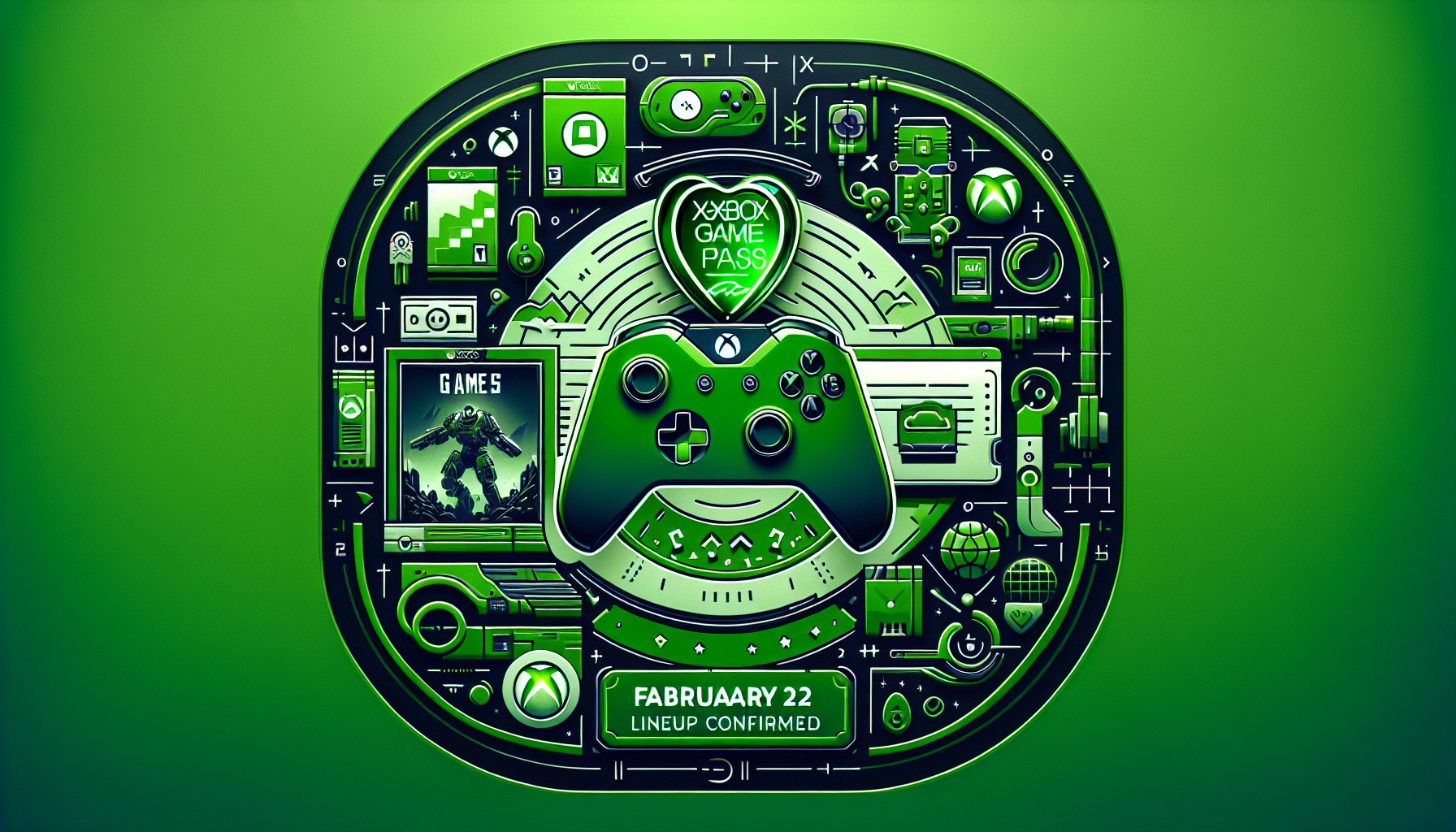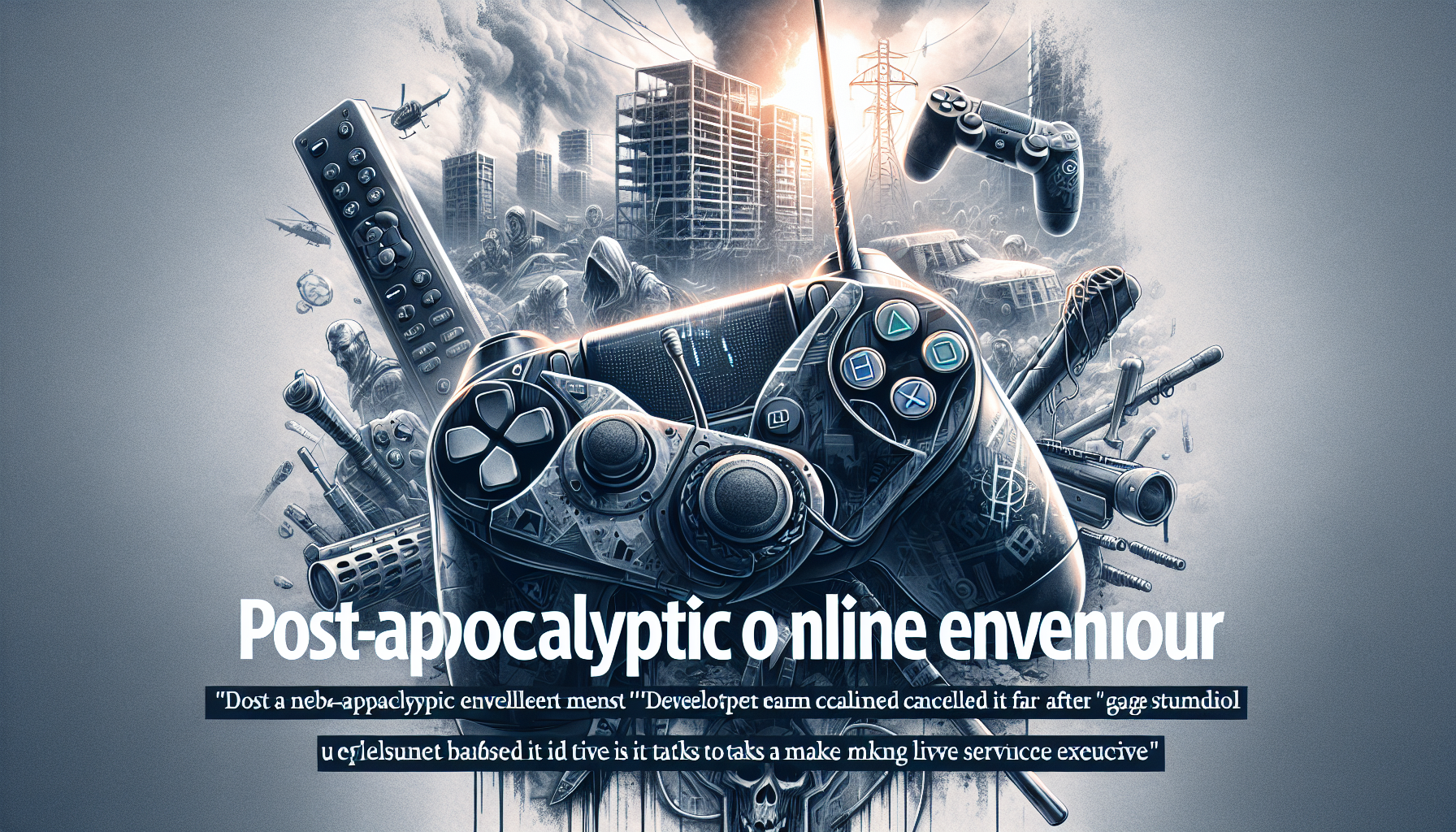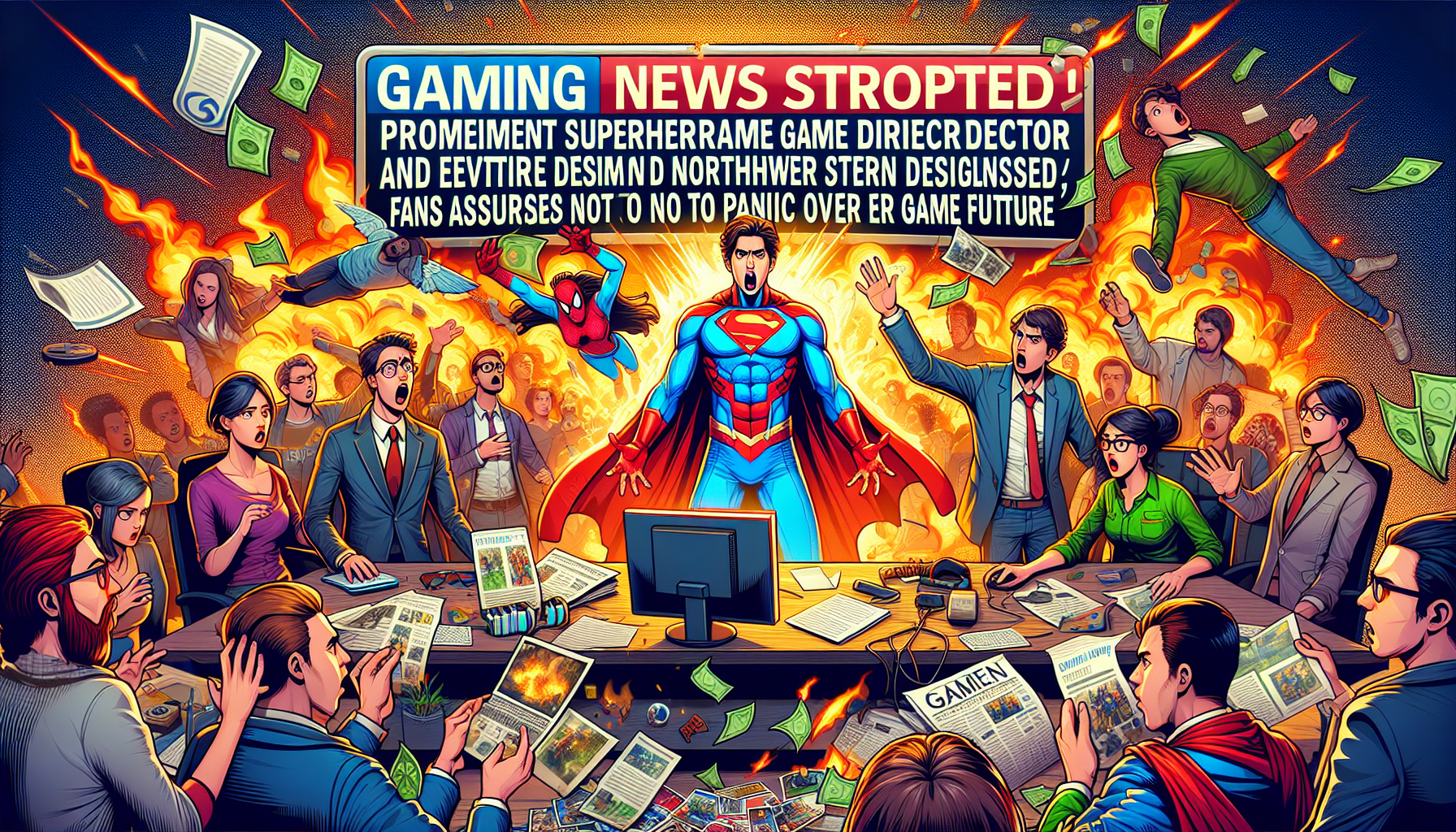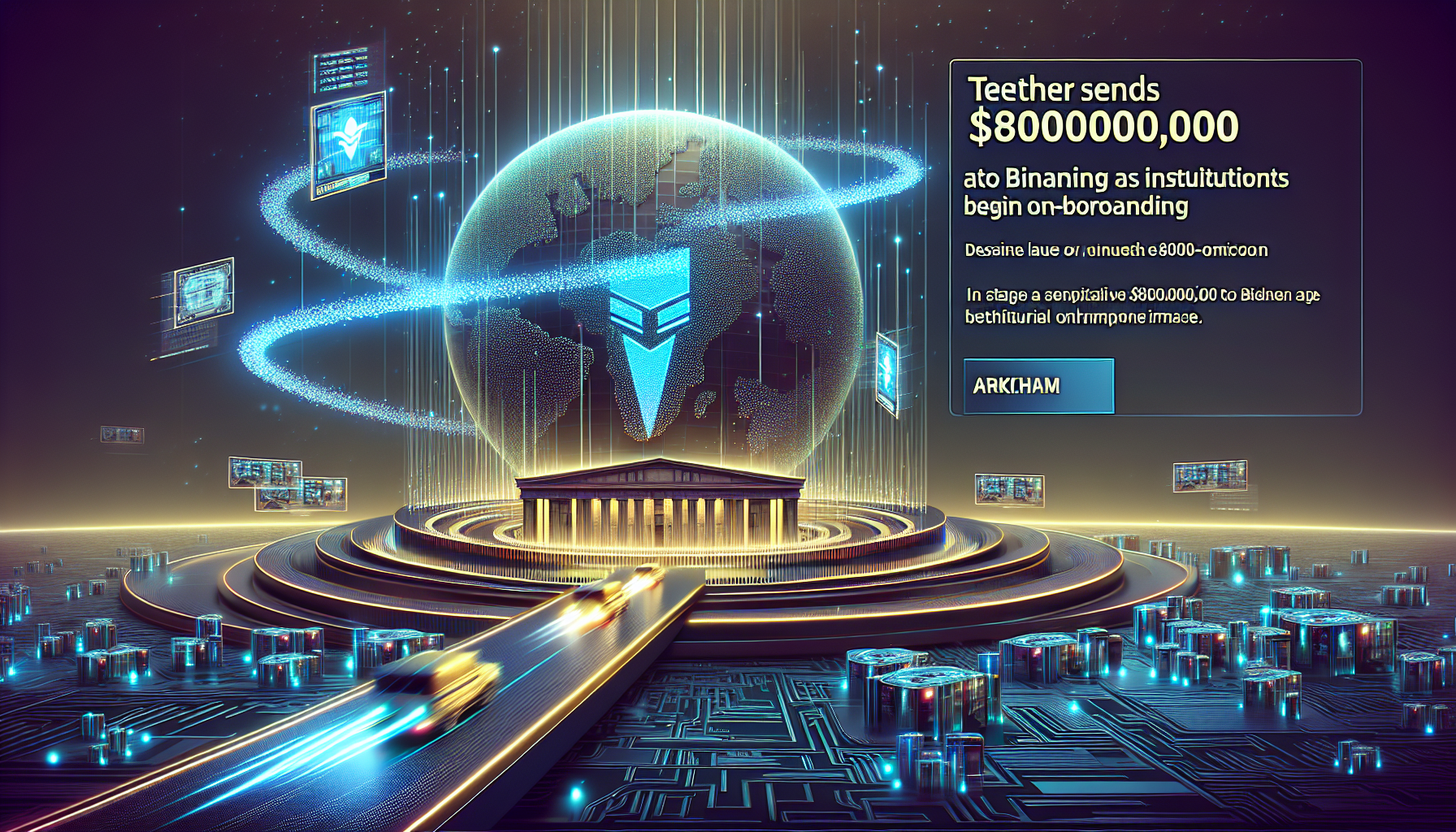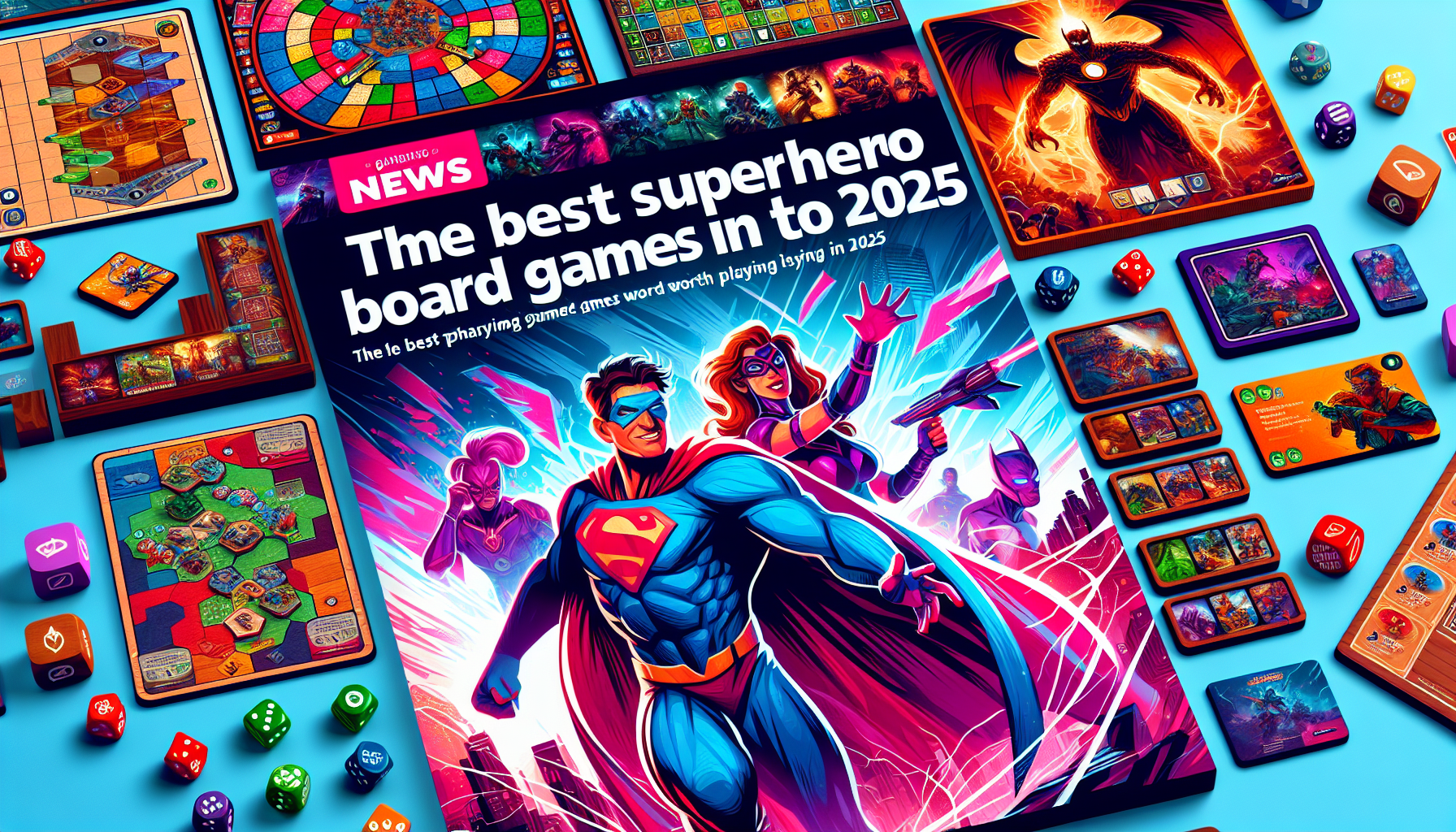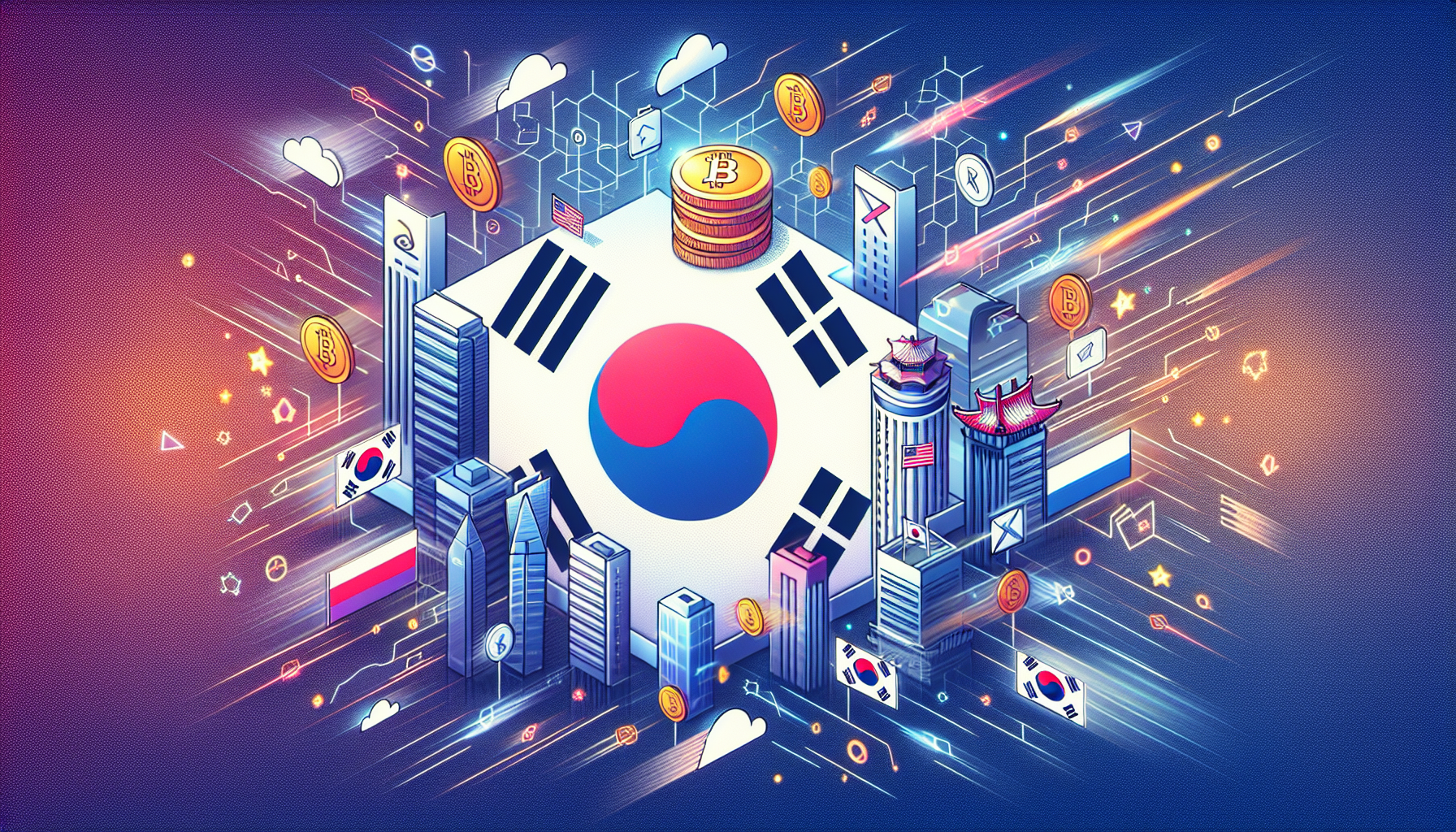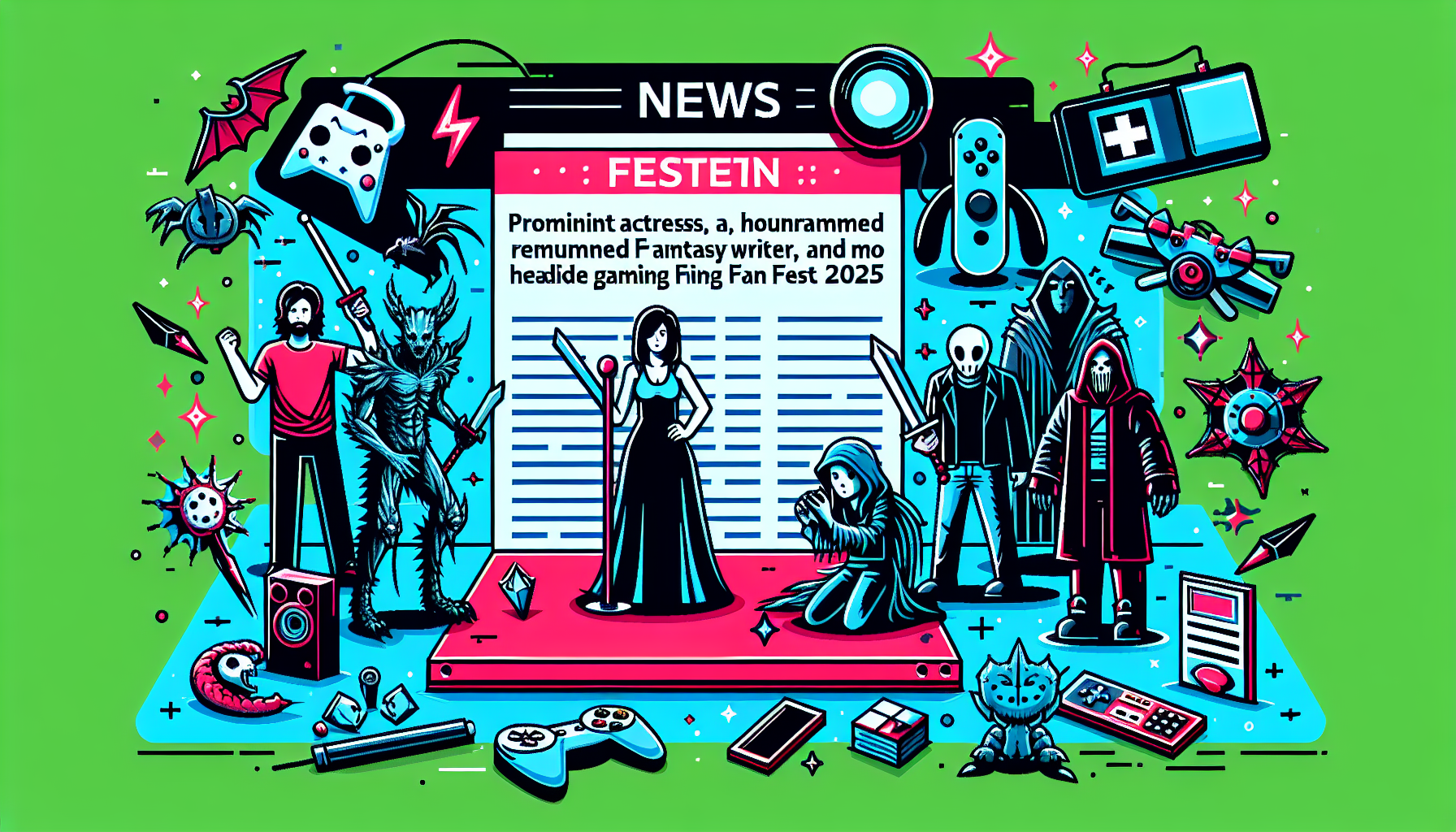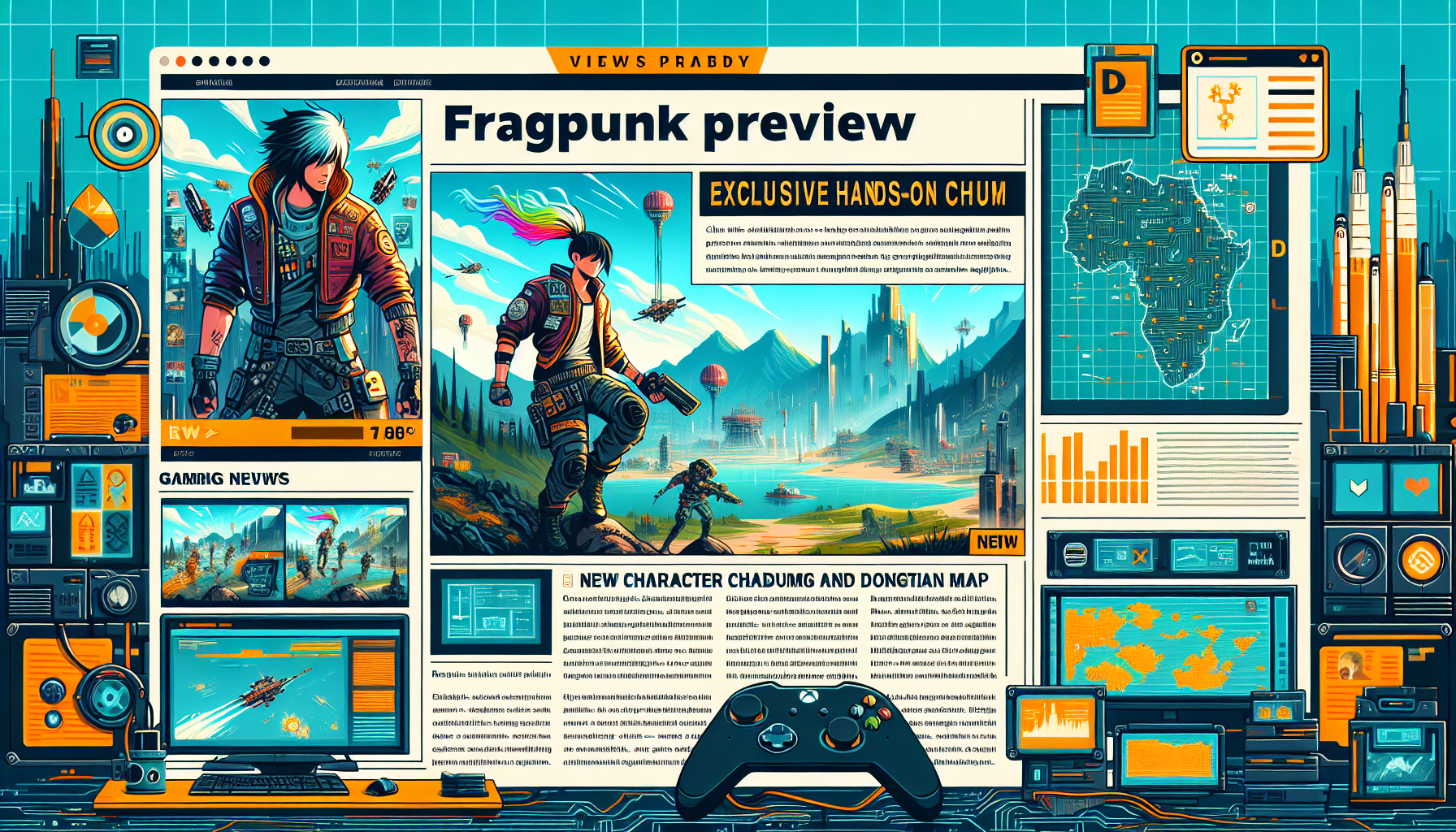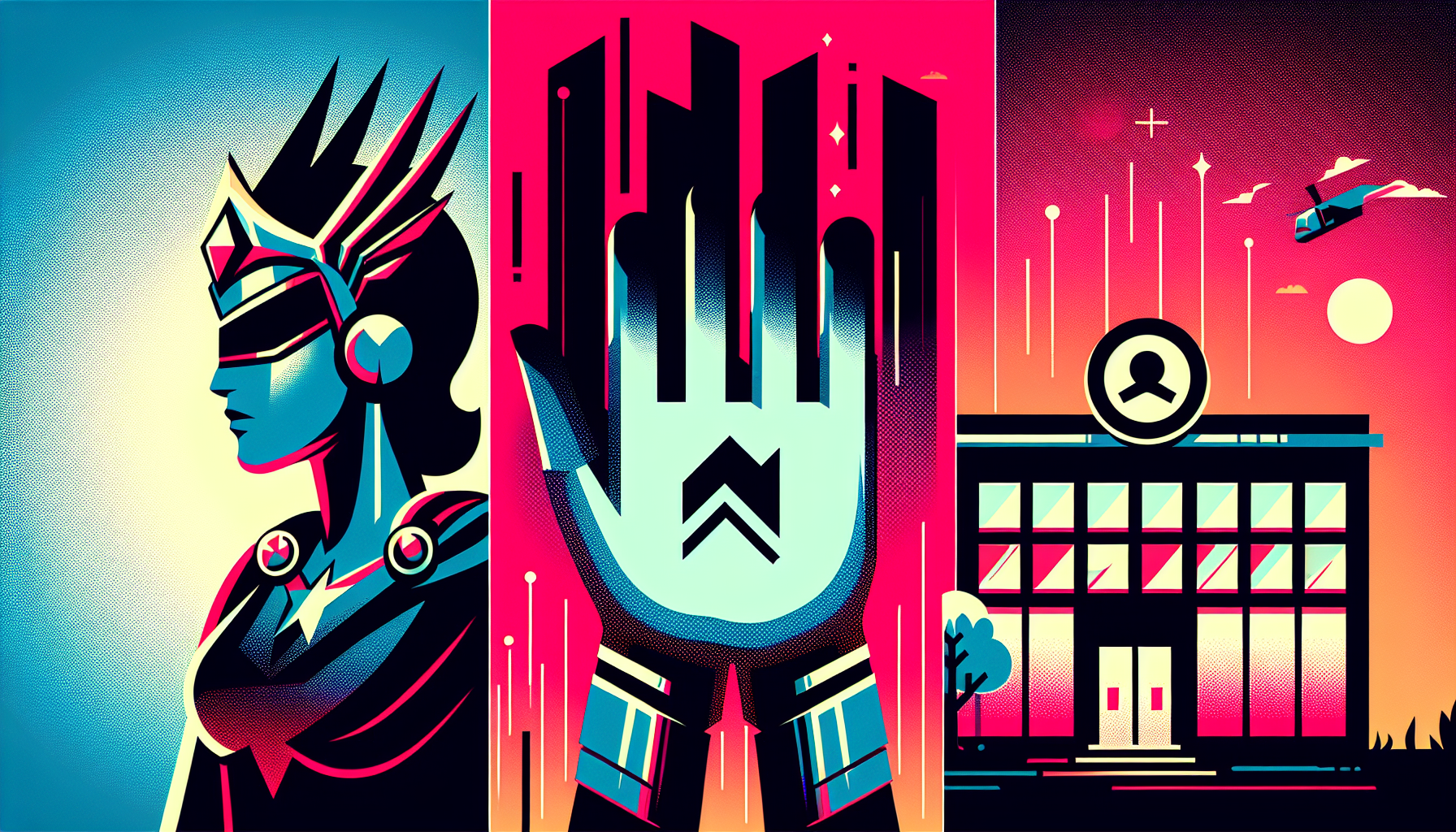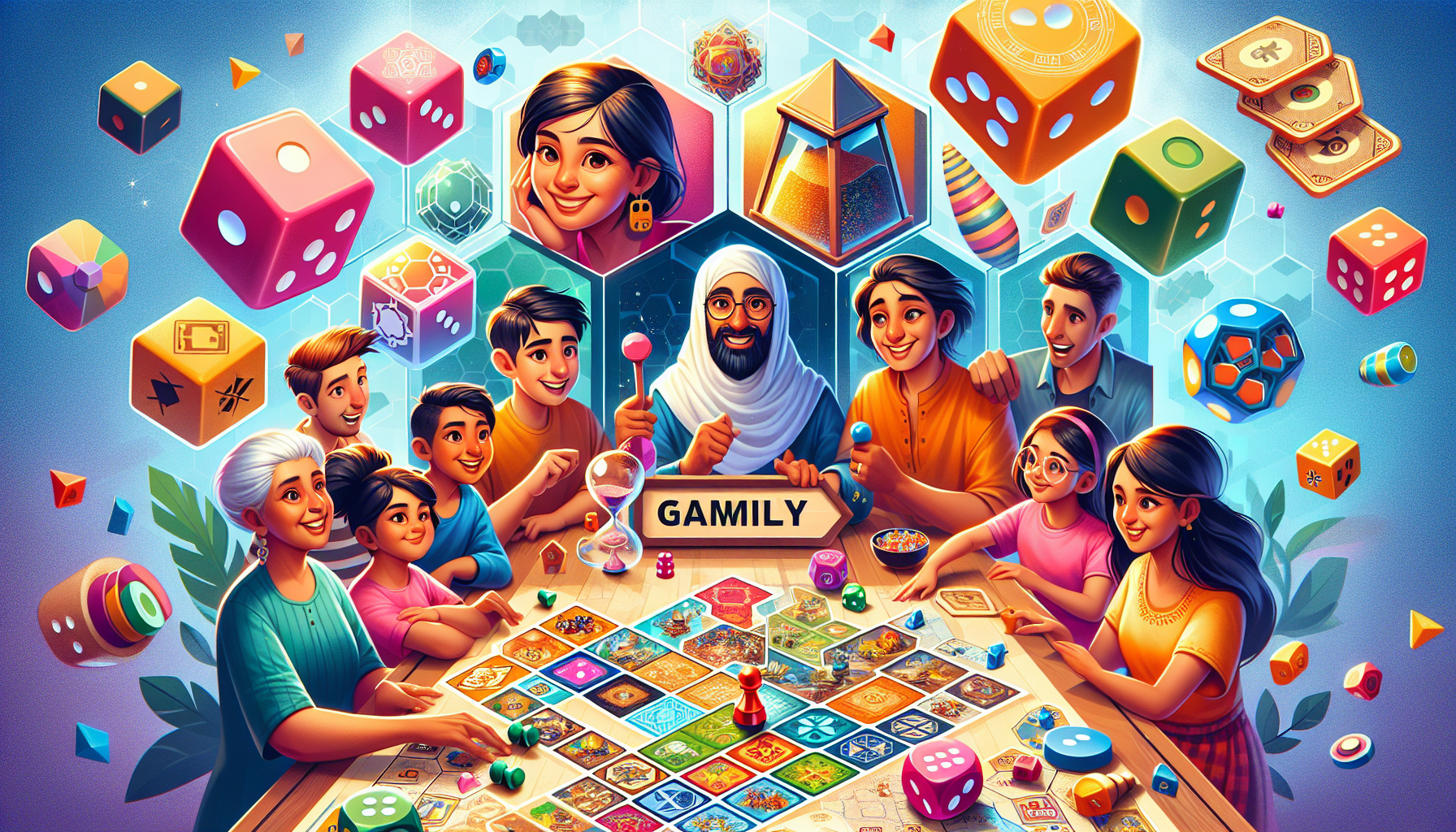How do game developers make Games?
Game developers follow a systematic process to create games. Here is a high-level overview of how game developers typically make games:
1. **Conceptualization**: This is where the initial idea for the game is developed. It involves brainstorming concepts, gameplay mechanics, storylines, and characters.
2. **Design**: Once the concept is finalized, game developers create detailed design documents outlining the game's mechanics, levels, controls, interfaces, and more. This phase also includes creating concept art and storyboarding.
3. **Development**: The actual development of the game begins in this phase. Programmers, artists, designers, and other professionals work together to build the game using specialized software tools and programming languages.
4. **Testing**: Testing is a crucial part of game development to identify and fix bugs, glitches, and gameplay issues. Quality assurance testers play the game extensively to provide feedback to the development team.
5. **Polish**: After testing, developers work on polishing the game by refining its graphics, gameplay, sound effects, and overall user experience.
6. **Release**: Once the game is polished and tested thoroughly, it is ready for release. This may involve launching the game on various platforms such as consoles, PC, mobile devices, or online platforms.
7. **Updates and support**: Game developers often continue to support their games post-launch by releasing updates, patches, and downloadable content (DLC) to improve the game and keep players engaged.
Throughout the entire game development process, collaboration, creativity, problem-solving, and attention to detail are key aspects that game developers focus on to deliver a successful and enjoyable gaming experience.







